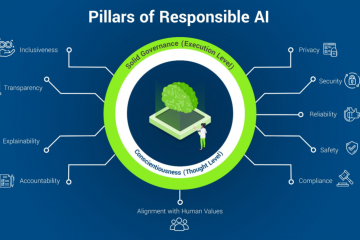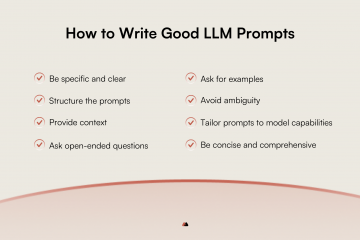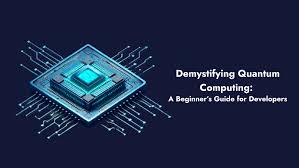Large Language Models (LLMs) are advanced artificial intelligence systems that have revolutionized natural language processing. These deep learning models are trained on vast amounts of textual data, enabling them to understand, generate, and manipulate human-like text with remarkable proficiency. LLMs have gained significant attention in recent years due to their ability to perform a wide range of language-related tasks, from answering questions and summarizing documents to generating creative content and assisting with code development.
At their core, LLMs are based on transformer neural network architecture, which allows them to process entire sequences of text in parallel, significantly reducing training time compared to earlier recurrent neural networks. These models use word embeddings to represent words as multi-dimensional vectors, enabling them to recognize relationships between words and understand context more effectively. The size of these models is staggering, with some containing hundreds of billions of parameters, allowing them to ingest and learn from massive amounts of data from sources like the internet, Common Crawl, and Wikipedia.
LLMs work by receiving an input, encoding it, and then decoding it to produce an output prediction. They are typically pre-trained on large datasets in an unsupervised manner, learning to predict the next token in a sequence. This process allows the model to develop a deep understanding of language patterns, grammar, and even general knowledge. Once trained, LLMs can be fine-tuned for specific tasks or used in few-shot learning scenarios, where they can adapt to new tasks with minimal additional training. The versatility of LLMs has led to their application in various fields, including copywriting, knowledge base answering, text classification, code generation, and conversational AI.
In the rapidly evolving world of artificial intelligence, Large Language Models (LLMs) have become powerful tools for various applications. This article will help you understand the strengths of different LLMs and guide you in selecting the most suitable one for your needs.
Strength of Popular LLMs
GPT-4.5
- Exceptional general-purpose capabilities
- Strong performance in complex reasoning tasks
- Excellent at understanding context and nuance
Claude 3.7 Sonnet (Anthropic)
- Outstanding multilingual support
- Excels in tool use and function calling
- Impressive coding capabilities
Gemini 2.0 Pro (Google DeepMind)
- Large context window (2 million tokens)
- Strong performance across various tasks
- Up-to-date knowledge (as of August 2024)
DeepSeek R1
- Cost-effective training and operation
- Competitive performance with proprietary models
- Open-source, promoting community development
Llama 3.1 (Meta AI)
- Open-source with a large parameter count (405B)
- Suitable for fine-tuning and customization
- Strong performance in various NLP tasks
Where Each LLM Shines
- GPT 4.5: Ideal for complex problem-solving, creative writing, and general-purpose applications requiring deep understanding and context awareness
- Claude 3.7 Sonnet: Excels in multilingual tasks, coding projects, and applications requiring tool integration. It’s particularly strong in Python coding tasks and function calling.
- Gemini 2.0 Pro: Best suited for tasks requiring processing of long documents or conversations, thanks to its extensive context window. It’s also great for up-to-date information processing.
- DeepSeek R1: Shines in cost-effective AI deployment and open-source projects. It’s particularly useful for organizations looking to build upon and customize AI models
- Llama 3.1: Ideal for researchers and developers who need a powerful, customizable open-source model for various natural language processing tasks.
Choosing the Best Overall LLM
If we had to choose only one LLM as the best overall, Claude 3.7 Sonnet would be the top contender. Here’s why:
- Versatility: Claude 3.7 Sonnet demonstrates exceptional performance across multiple benchmarks, making it a versatile choice for various applications.
- MultiLingual Capabilities: It achieved an impressive 91.60% in the MGSM benchmark, showcasing its strong multilingual support.
- Coding Prowess: With a 92.00% score in the HumanEval benchmark, it excels in coding tasks, particularly in Python.
- Tool Integration: Its 90.20% score in the BFCL benchmark indicates superior capabilities in function calling and tool use.
- Balanced Performance: Claude 3.7 Sonnet shows strong results across reasoning, math, and other key areas, making it a well-rounded choice.
- Large Context Window: With a 200,000 token context window, it can handle extensive inputs and outputs effectively.
While other models may outperform Claude 3.7 Sonnet in specific areas, its overall balance of capabilities makes it the most versatile and powerful choice for a wide range of applications. However, the best LLM for you will ultimately depend on your specific use case, resource constraints, and particular requirements.
Remember, the field of AI is rapidly evolving, and new models are constantly being developed. Always stay informed about the latest advancements to ensure you’re using the most suitable LLM for your needs.



0 Comments